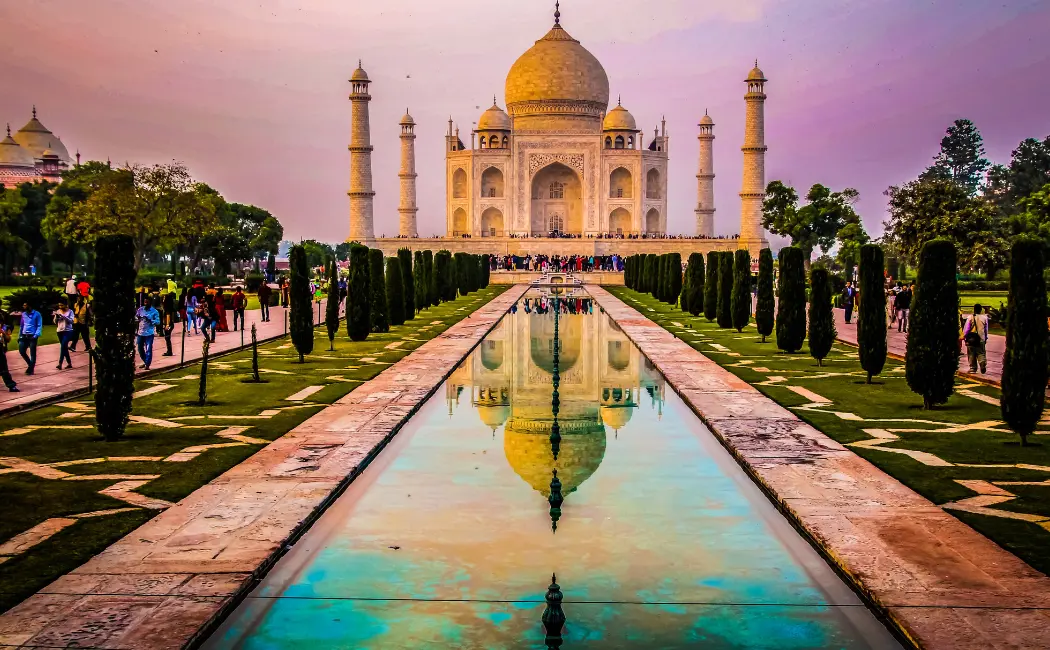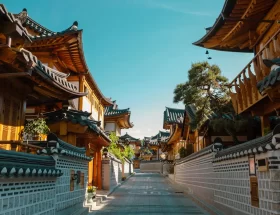Located in the heart of Cambodia, Angkor Wat is one of the world’s most magnificent and mysterious ancient temple complexes.
This majestic archaeological site, built in the 12th century, is a testament to the ingenuity, artistry, and spirituality of the Khmer civilization.
In this article, we will delve into the history, architecture, and significance of Angkor Wat, exploring its intricate carvings, imposing structures, and enduring cultural legacy.
History of Angkor Wat
Angkor Wat was constructed during the reign of King Suryavarman II (1113-1150 AD), a powerful ruler of the Khmer Empire.
The temple complex was originally dedicated to the Hindu god Vishnu, reflecting the dominant religious influence of the time. However, as Buddhism gained prominence in the region, Angkor Wat underwent transformations, incorporating Buddhist iconography and symbolism.
Architecture and Layout
Angkor Wat’s impressive architecture is a blend of Khmer and Hindu styles, characterized by:
- Central Temple: The main temple, representing Mount Meru, the mythical home of the Hindu gods.
- Outer Walls: 1.7 kilometers long, adorned with intricate carvings depicting Hindu mythology and everyday Khmer life.
- Moat: A 200-meter-wide water-filled trench surrounding the complex.
- Entrance Gates: Five monumental gates, each flanked by imposing stone giants.
The Bas-Reliefs
Angkor Wat’s bas-reliefs are renowned for their exquisite craftsmanship and narrative depth. These intricate carvings depict:
- The Battle of Kurukshetra: A epic scene from the Hindu epic, the Mahabharata.
- The Churning of the Sea of Milk: A mythological tale of the gods and demons.
- Everyday Life: Scenes of Khmer villagers, artisans, and royalty.
Symbolism and Significance
Angkor Wat’s design and architecture embody various symbolic meanings:
- Cosmological Representation: The temple complex represents the universe, with the central temple as Mount Meru.
- Spiritual Journey: The layout guides visitors through a spiritual progression, from the outer world to the inner sanctum.
- Khmer Identity: Angkor Wat embodies the cultural and national identity of Cambodia.
Conservation Efforts
In the 20th century, Angkor Wat faced significant threats from:
- Looting: Theft of valuable artifacts and carvings.
- Neglect: Lack of maintenance and preservation.
- War: Damage during the Cambodian Civil War.
International conservation efforts, led by UNESCO, have helped restore and protect the site.
Tourism and Economic Impact
Angkor Wat attracts over 2 million visitors annually, generating significant revenue for Cambodia’s economy.
Challenges and Concerns
- Over-Tourism: Strains on infrastructure and potential damage to the site.
- Climate Change: Rising temperatures and humidity threaten the temple’s structural integrity.
- Preservation: Balancing conservation with tourism and economic development.
Conclusion
Angkor Wat is an awe-inspiring testament to human creativity, spirituality, and perseverance.
This ancient temple complex continues to captivate visitors from around the world, inspiring wonder and appreciation for the cultural heritage of Cambodia.
References:
- UNESCO World Heritage Centre
- Cambodian Ministry of Tourism
- Angkor Wat official website
- “Angkor Wat: Time, Space, and Kingship” by Eleanor Mannikka
- “The Ancient Khmer Empire” by Lawrence Palmer Briggs
Additional Resources:
- Angkor Wat Visitor Guide
- History of the Khmer Empire
- Cambodian Culture and Traditions
- Conservation Efforts and Sustainability
- Travel Tips and Accommodations











[…] You May Also Like: Unveiling the Ancient Splendor of Angkor Wat: Cambodia’s Iconic Temple Complex […]